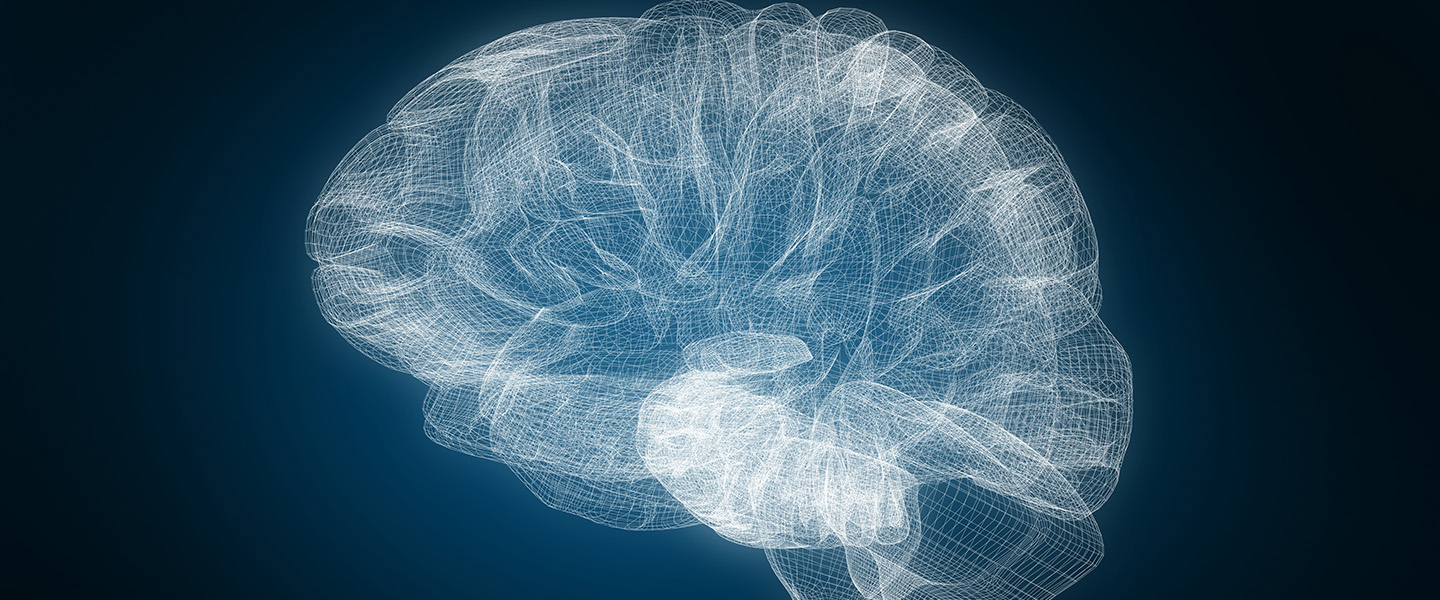Imaging-Based “Normative Model” of Healthy Brain Promises to Significantly Advance Mental Illness Research and Diagnosis
Imaging-Based “Normative Model” of Healthy Brain Promises to Significantly Advance Mental Illness Research and Diagnosis

An international team has reported the development of a new online-based resource that could significantly advance brain research and ultimately aid in the clinical diagnosis and early detection of a wide range of psychiatric illnesses.
The new tool, called CentileBrain, is the product of research appearing in the journal Lancet Digital Health. It was created to address a critical gap in our understanding of the brain. Despite decades of neuroimaging research and the development of advanced imaging technologies, researchers have yet to define “normative values” for the size and volume of brain regions in healthy people, taking into account the vast diversity of the human population.
This contrasts with other health disciplines in which normative values for a range of measures, such blood sugar or blood pressure, are used to identify people who do not fall within these ranges. Being able to identify people with abnormally high or low values on these measures is a first step toward health screening and subsequent detailed clinical evaluation. The same will apply, it is hoped, regarding normative values for the brain.
CentileBrain, based on pooled data taken from brain scans of 37,407 healthy individuals (53% female), aged 3 to 90 years, establishes the range of typical (i.e., normative) values for brain size and volume in individuals who do not suffer from medical or psychiatric illness.
A major strength of the CentileBrain model is that it takes into account the shape and size of all brain regions and across the lifespan. Yet one of the major challenges in establishing normative values for the sizes and shapes of brain regions across the human population involves integrating imagery collected with different equipment under different conditions in different places. Supercomputers aided in the model-building task as well as in testing algorithms, or mathematical procedures, that generated a robust normative brain model.
The name "CentileBrain" aptly reflects this purpose, where "centile" signifies "percentile," indicating an individual's position within a range of normative reference data. This is like figuring out how one’s blood sugar ranks within the range of the values expected in healthy people, and being able to infer it is “abnormally” low or high.
The research leading to development of CentileBrain was led by Sophia Frangou, M.D., Ph.D., of the University of British Columbia, Vancouver, and the Icahn School of Medicine at Mount Sinai. Dr. Frangou is a 2019 winner of the BBRF Colvin Prize, a 2008 BBRF Independent Investigator and 2002 Young Investigator. Five other BBRF grantees were co-authors of the paper reporting the team’s advance, including Paul M. Thompson, Ph.D., a 2017 BBRF Distinguished Investigator who leads the international consortium called ENIGMA that seeks to understand the relation of brain structure and function to disease. The paper’s first author was Ruiyang Ge, Ph.D.
The idea of building a “normative model” of the brain’s physical features, the team explains in their paper, depends on being able to represent a healthy pattern of age-related changes across the diversity of the human population. The difficulty in doing this explains why, despite decades of advanced neuroimaging, the global neuroscience community has not previously been able to establish the normative range of the size of human brain regions.
It has not been possible, for example, to say with confidence what the volume of the brain’s hippocampus is, in healthy people, according to a person’s age and sex. Yet research has clearly shown, for example, that the volume of the hippocampus—central in learning and the processing of memory— changes in individuals with certain psychiatric disorders such as major depression and PTSD.
When noting such changes, even in studies that enroll hundreds of patients, it is hard for investigators to assess the relation between amount of change and absence or presence of illness or illness severity, since volume measurements for healthy people of different sexes and ages has not yet been established. Other measures of the physical brain used in the modeling included those of intracranial volume, mean thickness of the cortex, and total surface area of the cortex.
The team, which included experts in neuroimaging and computational modeling, evaluated various statistical approaches to create robust lifetime charts of regional brain volumes. "Normative modeling holds unprecedented potential for understanding brain alterations in neuropsychiatric disorders," said Dr. Ge. "Yet, the models' robustness requires rigorous empirical investigation, motivating our comprehensive examination."
Dr. Frangou, who spearheaded the initiative, highlighted the significance of their findings: "Our empirically benchmarked framework, available through CentileBrain.org, represents a major milestone in personalized brain structure, function, and brain-age measures. This platform will standardize brain imaging analysis, benefiting researchers and clinicians alike, ultimately aiming to enhance patient care and outcomes." Dr. Thompson, leader of the ENIGMA consortium, emphasized the potential for translating these findings into tangible advancements in patient care and outcomes.
The research team also included: Henrik Walter M.D., Ph.D., 2017 BBRF Distinguished Investigator; David C. Glahn, Ph.D., 2014 BBRF Independent Investigator, 2005 and 2003 Young Investigator; Dorret I. Boomsma, Ph.D., 2011 BBRF Distinguished Investigator; and Xavier Caseras, Ph.D., 2010 BBRF Young Investigator.




